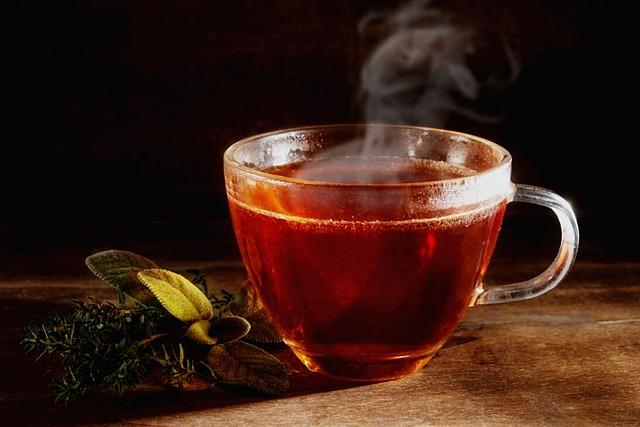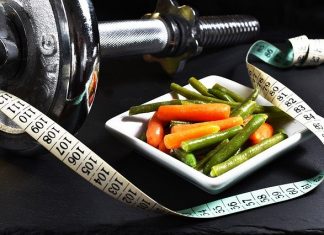Black tea is prepared from the leaves of the plant Camellia sinensis. The leaves are allowed to oxidize or ferment before they are dried and brewed. Black tea is a common beverage in many parts of the world, especially in Asia.
The process of making black tea starts with harvesting fresh leaves from plants. These leaves are cut, oxidised for an hour, and then dried by machine, sun, or air dry.
Depending on the production method and climate, drying can take one to three weeks. After oxidation and drying, these leaves become “black tea”.
Black tea has numerous health benefits including preventing diabetes, obesity, cancer, arthritis, cardiovascular disease (CVD), dementia, and stroke (Ruxton 2008). If you don’t drink tea, there are other foods you may include in your diet to improve your health later in life.
However, a regular cup of tea may help you to experience greater health. The findings are published in the journal Arteriosclerosis, Thrombosis, and Vascular Biology (Hayat et al., 2015, Parmenter et al., 2022).

The important ingredient is flavonoids, which can be found in numerous popular foods and beverages, including apples, almonds, citrus fruit, and berries other than black and green tea.
Although their numerous health advantages have long been recognized, recent Edith Cowan University (ECU) research suggests they may be healthier for humans than previously believed.
An 881 older women (median age of 80) study funded by the Heart Foundation discovered that those who drank a lot of flavonoids in their diet were significantly less likely to develop severe abdominal aortic calcification (AAC).
AAC is the calcification of the abdominal aorta, the largest aorta that carries oxygen-rich blood from the heart to the abdomen and lower extremities, and is a risk factor for cardiovascular events such as heart attacks and strokes.
It has also been discovered to predict dementia accurately in old age.
There are various dietary sources of flavonoids, but some have unusually high quantities, according to researcher and study leader Ben Parmenter of the ECU Nutrition and Health Innovation Research Institute.
According to him, most people’s dietary intake of flavonoids comes from a small number of especially high-flavonoid foods and beverages.
The main contributors are typically black tea, green tea, strawberries, blueberries, apples, oranges, red wine, raisins/grapes, and dark chocolate.
The study found that various flavonoids, including flavan-3-ols and flavonols, also appear to have a connection to AAC.
Higher intakes of total flavonoids, flavan-3-ols, and flavonols were associated with a 36–49% lower risk of having extensive AAC in study participants.
The study population’s primary source of total flavonoids was black tea, which was similarly linked to noticeably lower probabilities of widespread AAC.
Participants who drank two to six cups of black tea per day had a 16–42% lower risk of having substantial AAC than those who did not.
Flavonoids from other sources, such as fruit juice, chocolate, and red wine, did not demonstrate a meaningful positive relationship with AAC.
Although the study’s primary source of flavonoids was black tea, possibly because of the participants’ advanced age, Mr. Parmenter said people might still reap the benefits of flavonoids without brewing a cup of tea.
He said that among women who don’t drink black tea, consuming more total flavonoids from other sources “appears to protect against significant hardening of the arteries.”
Significance
This suggests that flavonoids from other sources besides black tea may offer protection against AAC when tea is not consumed.
According to Mr. Parmenter, this is crucial since it enables those who don’t drink tea still to reap the benefits of flavonoids in their diet.
“Black tea might not be the predominant source of flavonoids in other populations or groups of people, such as young males or people from different countries,” he noted.
This study demonstrates that the intake of flavonoids, which may protect against AAC, is easily attainable in most people’s diets.




















